A guide to pairing pasta shapes with pasta sauce
Not all pastas are created equal, says Becky Krystal. Finding the right shape-to-sauce combination is just the tip of the iceberg
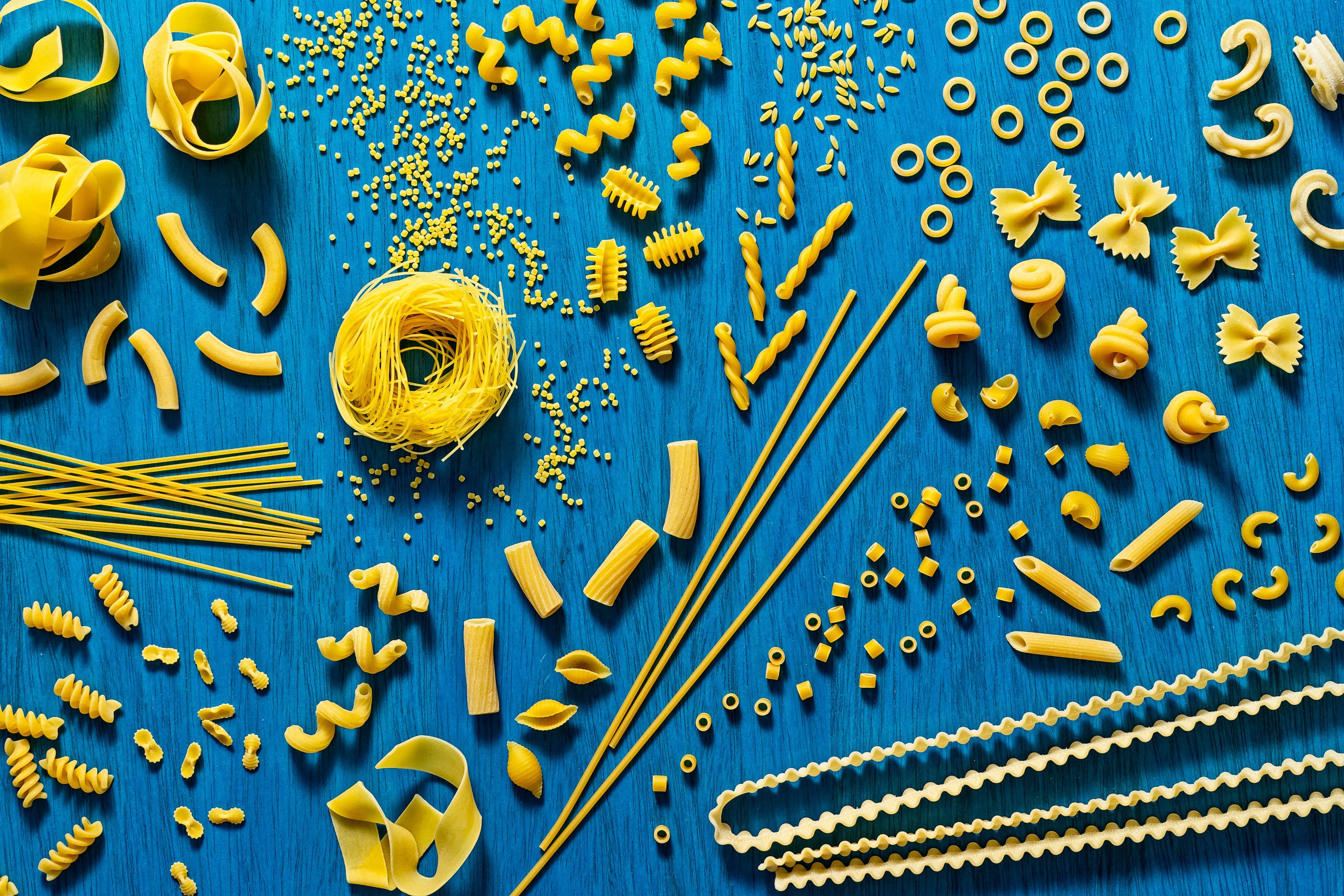
If you’ve ever put a sauce and pasta together and thought the combination wasn’t quite right, there may be a reason: not all pastas are ideal for all dishes.
There are well over 300 pasta shapes out there, so you’d be forgiven for making the occasional misstep.
“I get super-pumped when I see a shape I don’t know or hadn’t thought about in a long time,” says cookbook author Katie Parla, whose books include Food of the Italian South and, with Evan Funke, American Sfoglino: A Master Class in Handmade Pasta.
Parla straddles two schools of thought in choosing pasta shapes. The American side says, “do whatever you want”. The two-decade Italian resident side takes into consideration the traditions of her adopted country. (In Essentials of Classic Italian Cooking, the legendary Marcella Hazan says the principles of pairing pasta and sauce “cannot be ignored by anyone who wants to achieve the full and harmonious expression of flavour of which Italian cooking is capable”.)
Parla’s diplomatic take: “There can be opportunities for a delicious texture experience if you’re not strictly following tradition.”
Still, you need to put some thought into which pasta shapes you use for which dishes. Here’s a rundown of some major categories, as well as examples and suggestions on how to use them. Keep in mind that shapes may be classified several ways.
Long
Examples: angel hair, bucatini, fettuccine, linguine, mafaldine, pappardelle, tagliatelle.
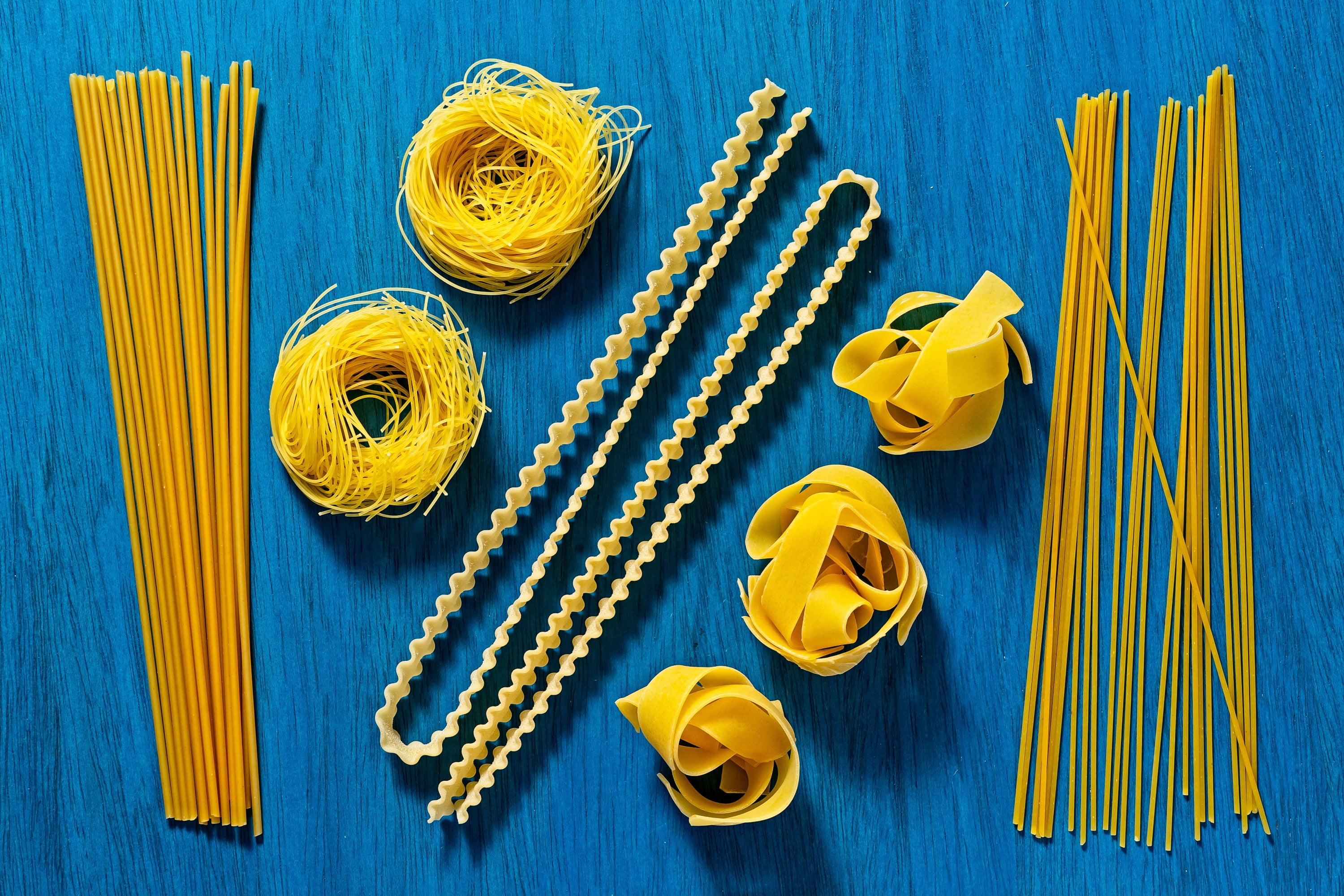
“Long and flat pastas, like spaghetti, linguine, and fettuccine, carry butter and homogenised sauces such as clam, tomato, or garlic-and-oil sauce particularly well,” say Lidia Matticchio Bastianich and Tanya Bastianich Manuali in Lidia’s Mastering the Art of Italian Cuisine. Carbonara and cacio e pepe are two popular dishes with sauces that cling well to strands. So, too, does something like Hazan’s tomato, onion and butter sauce.
Sauces needn’t be texture-free to work well with long noodles, though smaller pieces pair better with these types of pasta. “A meaty ragu in the style of Bologna really does pair beautifully with noodles of varying thicknesses,” such as pappardelle, says Parla. Spaghetti or linguine with clams or other seafood are natural pairings. In Genoa, Parla says, you may find pesto paired with linguine.
Think beyond longer shapes you may be familiar with. “I really like the giant versions of stuff, too,” says Stephanie Le, who recently released That Noodle Life with her husband, Mike. You may come across scaled-up ziti or fusilli, as does the lasagna-esque mafaldine.
Ruffled and ridged
Examples: cascatelli, cavatappi, fusilli, radiatori, rotini.
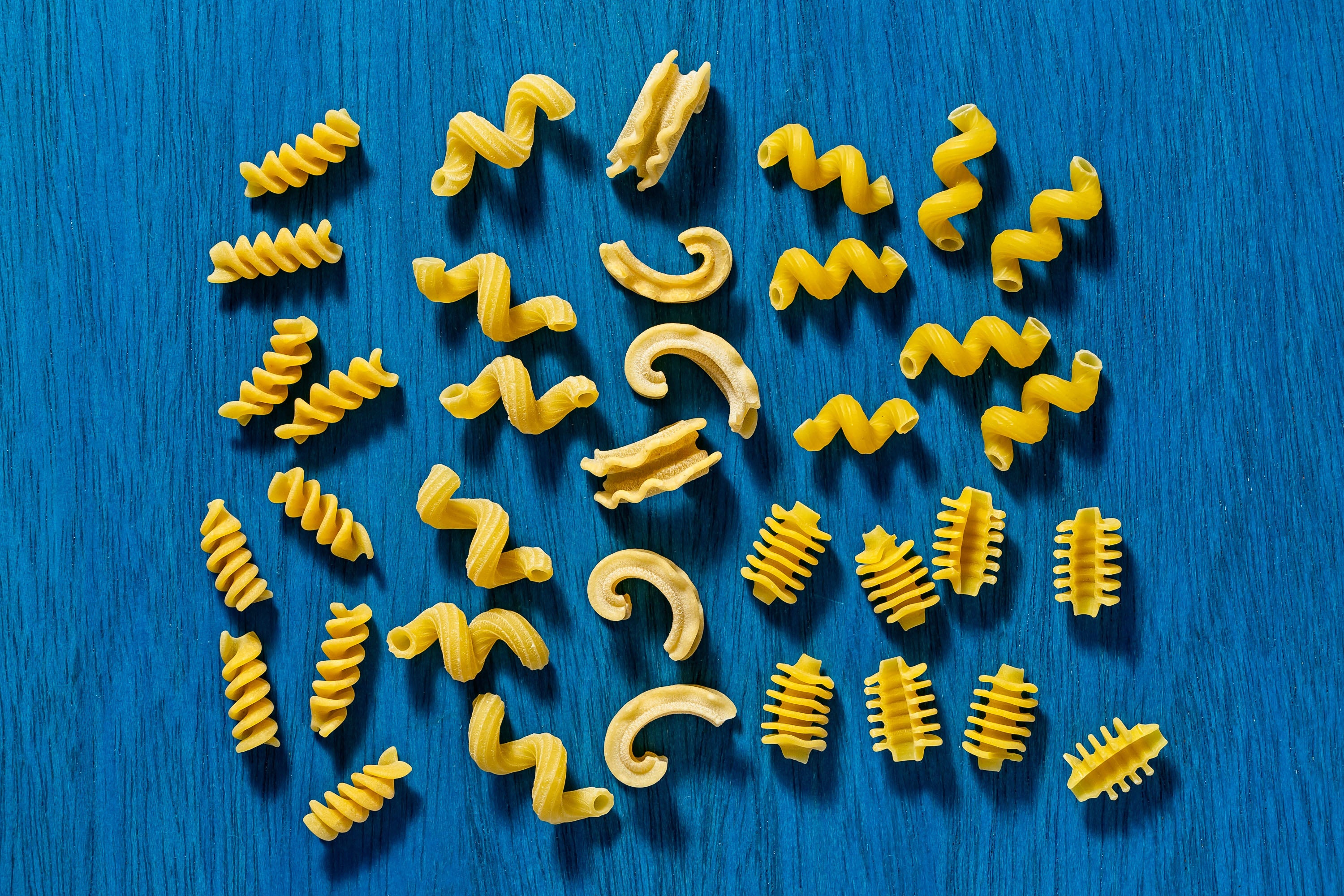
If you want something to stand up to a chunky sauce such as a ragu, shapes with ridges, ruffles or corkscrews provide lots of “architecture” to catch pieces of meat or vegetables, Parla says. Ditto pesto. You’ll find textured pastas that are long, such as mafaldine and long fusilli, and short, such as rotini and radiatori.
One of the more recent arrivals on the scene is cascatelli, a shape cooked up by Dan Pashman of the Sporkful podcast and New York-based pasta company Sfoglini.
If you’re looking to move beyond Italian sauces, Mike Le recommends pairing mapo tofu with ridged or ruffled shapes.
Short
Examples: cavatelli, conchiglie, elbow macaroni, farfalle, gemelli, lumache, orecchiette, pipette, trottole.
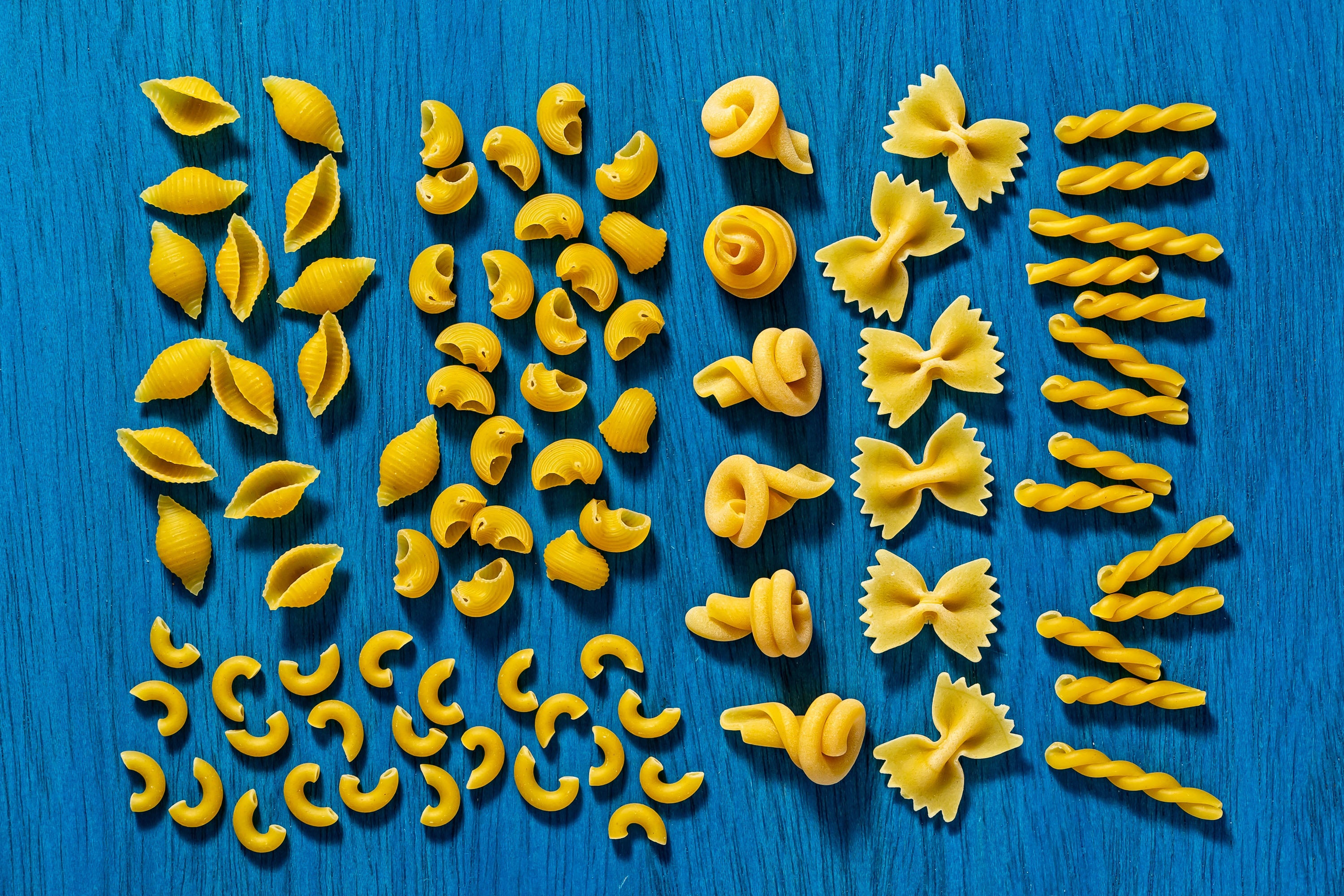
Though less dramatically than some of their ridged or ruffled counterparts, many short pasta shapes are adept at trapping hearty sauces. Think about the openings in the shell-shaped conchiglie or the shallow crater of the ear-shaped orecchiette. Short, scoopy shapes are also good for creamy sauces, Parla says.
Short pastas offer nice textural contrasts between interior and exterior, thick and thin, Stephanie Le says. She notes that they work well in cold pasta salad, as they catch ingredients in their crevices and are less prone to breaking when chilled.
Tubes
Examples: paccheri, penne, maccheroni, rigatoni, ziti.
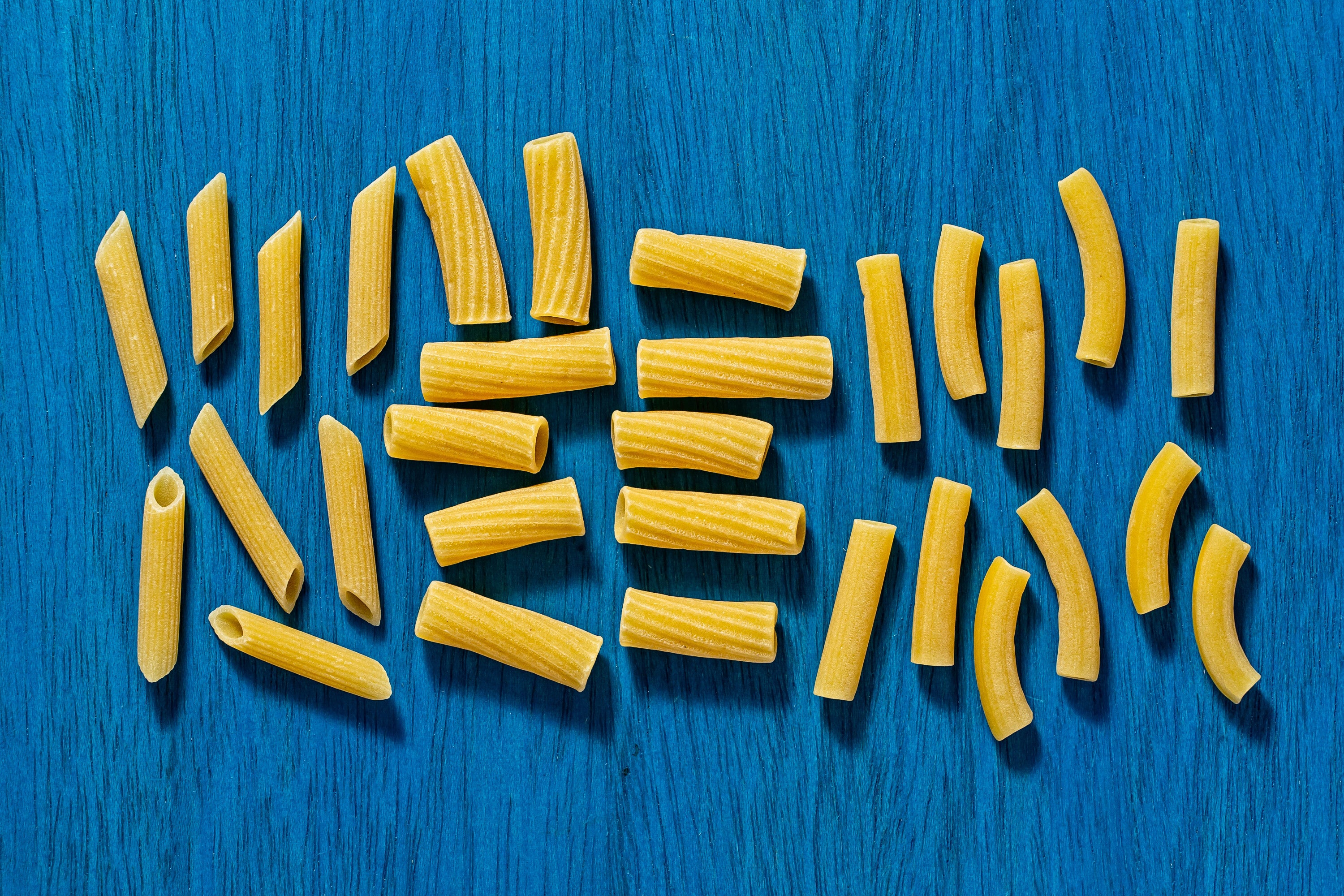
Tubes provide lots of textural variations. “A tubular pasta will collect the flavourful morsels of your sauce in its nooks and crannies; ridges on your pasta will create a great mouth feel,” according to Lidia’s Mastering the Art of Italian Cuisine.
Tubes “go so well with the concentrated, unctuous meat sauces of the south” of Italy, the kind where a rich cut of meat is braised in a tomato sauce it melts into, Parla says.
Consider making carbonara with rigatoni, one of the pasta shapes of choice for the dish in Rome.
Tiny
Examples: acini, anelletti, ditalini, farfalline, fregula, risi, orzo, stelline.
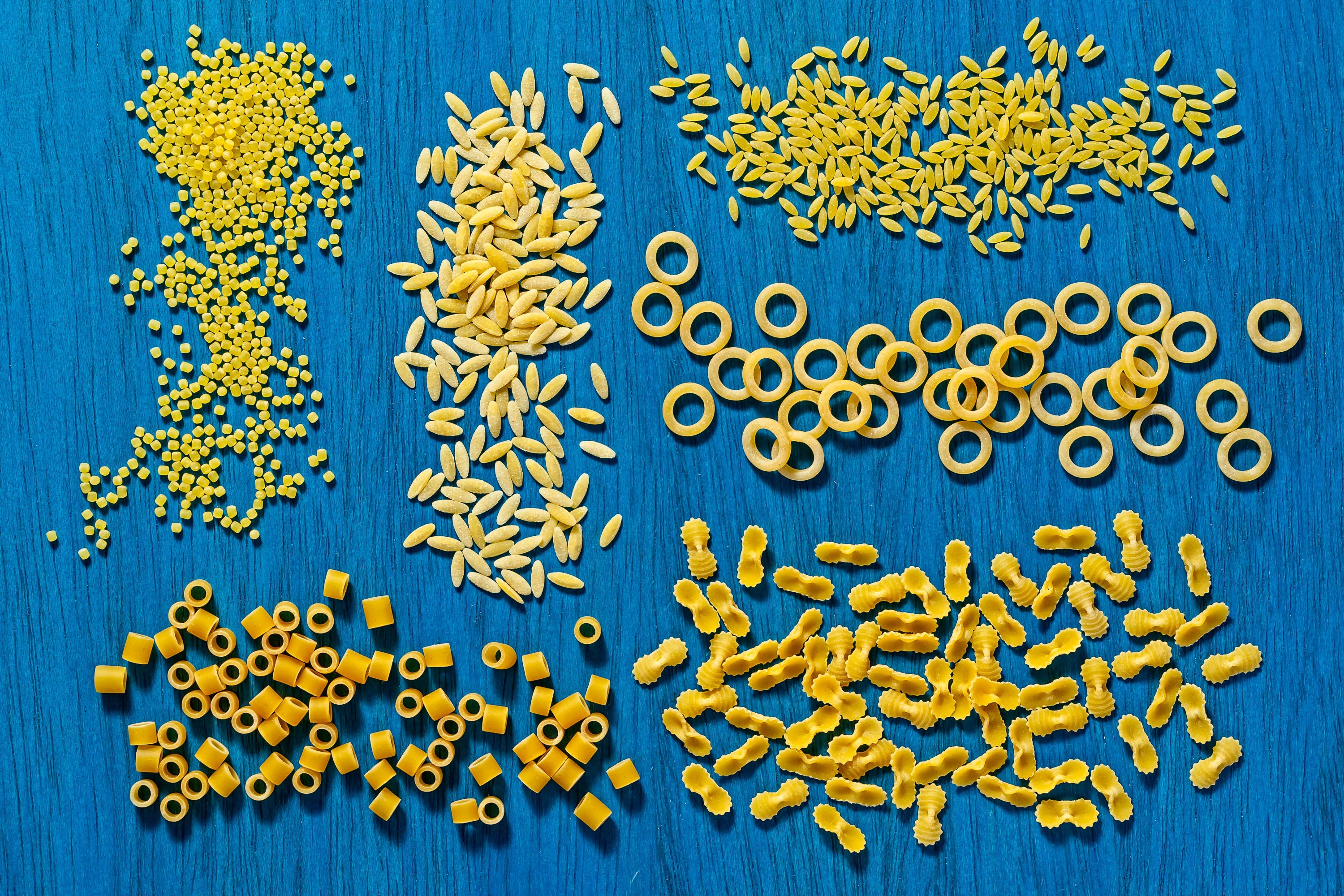
These fun, diminutive shapes may be in rings or tubes (anneli, ditalini), balls (fregula) or even stars (stelline). The size means they are easy to scoop up, which makes them ideal for eating with a spoon. “We do a ton of soups enriched with pasta,” Parla says, and it’s common to find “little stubby shapes” bobbing in thinner broths or starchy bean or potato soups. Minestre and minestrone, similar but not identical, are two common soup examples.
Small shapes are also lovely in pasta salad and hold up well when refrigerated. For a salad with no awkward size differential, dice the vegetables in your salad to be about the same size as the pasta.
Other pasta shape tips
Stock your pantry with a few shapes. Think about having at least a few types of pasta on hand that can cover a variety of recipes. “If you have limited room, always keep three pastas around,” Mike Le says. He recommends having a long (tagliatelle) and short (fusilli) shape in your cabinet, as well as a fun one that feels special. Parla’s picks: long (spaghetti or spaghettoni); twisty (fusilli or gemelli); small and scoopy (the snail-shaped lumache); tiny (ditalini); and short tube (mezze rigatoni).
Smart substitutions
When changing around shapes, try to substitute like with like, the Les say. Aim to match up length as well as texture (smooth or ridged).
Use good pasta
The Les highly recommend choosing pasta that has been extruded through a bronze die. Look for that info on the packaging and a more floury surface appearance on the pasta. Bronze-cut pastas release more starch and encourage the sauce to adhere.
Use the pasta water
“I would make the argument that you can make virtually every sauce stick to every pasta shape,” Parla says. That’s true if you’re emulsifying the sauce by using pasta water, tossing the pasta in the sauce and adding cheese and other fats to help it cling.
Try new-to-you shapes
“There are so many different shapes out there that you haven’t seen before at the regular supermarket aisle,” Stephanie Le says. If you’re interested in expanding your horizons, check out an Italian market. And don’t stress too much if your experiment isn’t perfect. “Pasta’s really forgiving,” she says.
© The Washington Post
Join our commenting forum
Join thought-provoking conversations, follow other Independent readers and see their replies
Comments
Bookmark popover
Removed from bookmarks